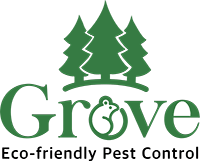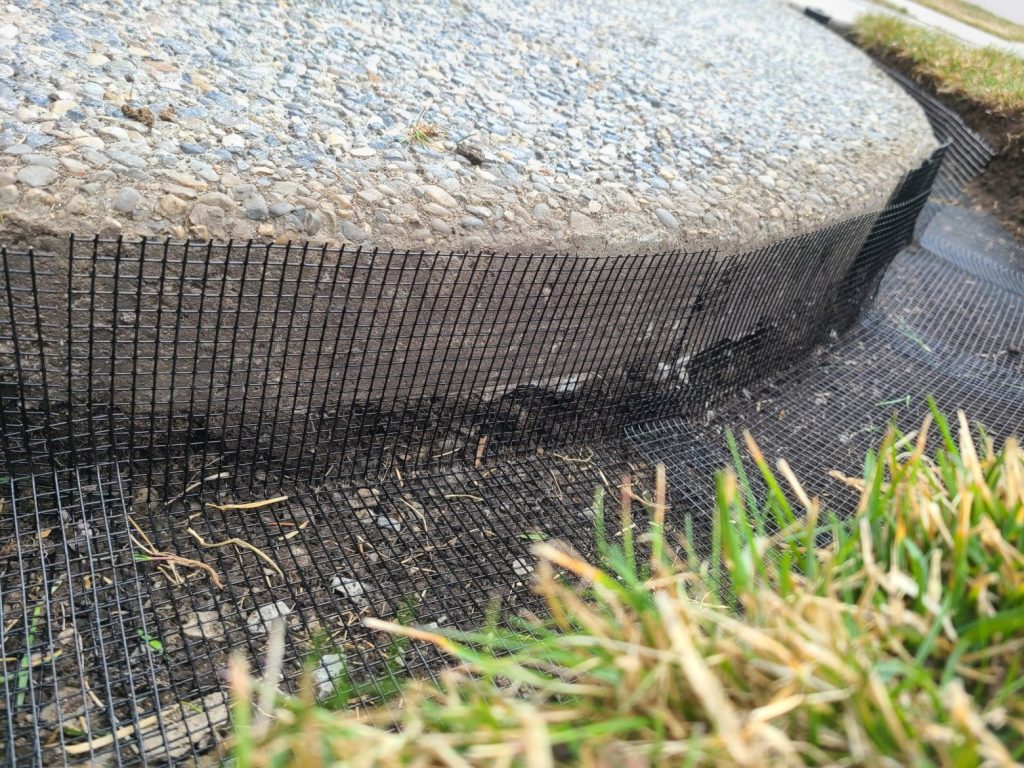Service Summary:
-
A Grove technician will come to your home to assess the situation.
-
Trapping may be implemented.
-
Exclusion work may be required to eliminate the problem permanently.
Voles are the scourge of many lawns in Calgary. As the city expands further into the prairies, more voles get displaced and find their way into our yards. The good news is voles rarely enter our homes; they are content living outside where they eat seeds and grass. Occasionally, they can enter our homes accidentally, but they will try to leave as soon as they can. If you need help catching a vole in your house, call the professionals at Grove Eco-friendly Pest Control!
Vole Control
Voles are very difficult to eliminate from our yards permanently. Trapping can help to reduce the population quickly, but voles become trap-shy and will not be lured into a trap if the conditions aren’t just right. Most pest control companies use second-generation anticoagulants in bait stations around the yard to poison the voles. You’ve probably seen those black boxes around some yards.
Unfortunately, voles can be quite numerous outside, and will continue to invade the yard from elsewhere. This creates a perpetual battle in your yard, meaning dozens of poisoned rodents every year and a recurring fee for the pest control company. Those poisons are also dangerous for pets and wildlife. For more information on why second-generation anticoagulant baits shouldn’t be used outside, check out our mouse control page.
At Grove, we like to control the issue permanently via exclusion. This may not be an easy process. It often involves digging up the soil around your walkway or cement pad and installing wire mesh all along the perimeter of the area where voles may enter. Once complete, though, it is almost invisible and is a permanent solution to the vole problem. In some cases, this isn’t possible and trapping may be the only option. Have one of our knowledgeable technicians come out to your property to assess the situation and provide an estimate.
Vole Information
Voles, also known as meadow mice or field mice, are slightly larger than the regular house mouse. They have slightly smaller ears, stubby tails, and shorter noses. Voles have brownish-grey color fur.
They live in shallow burrows underground, in bushes, or under steps or concrete pads. The holes are about 3-4 cm in diameter and they often create trails of chewed grass leading from the holes. In the winter, voles tunnel under the snow and can cause enormous amounts of damage that may not be noticed until the spring.
Voles usually live in small groups of 2-8 individuals, but many smaller groups of voles can live semi-connected in a larger space, creating communities of 20 or more individuals. Small groups can grow quickly if there is plenty of food and few predators.
While the life expectancy of a vole is only about half a year, they are able to begin reproducing at three to four weeks of age, and female voles can birth litters of 3-6 babies every month. Given perfect conditions, this would create an exponential increase in voles, but life for wild animals is never easy. The infant mortality rate is quite high; only 10% of babies make it to adulthood.
Fill out the form or give us a call to let us help you get the voles under control!





